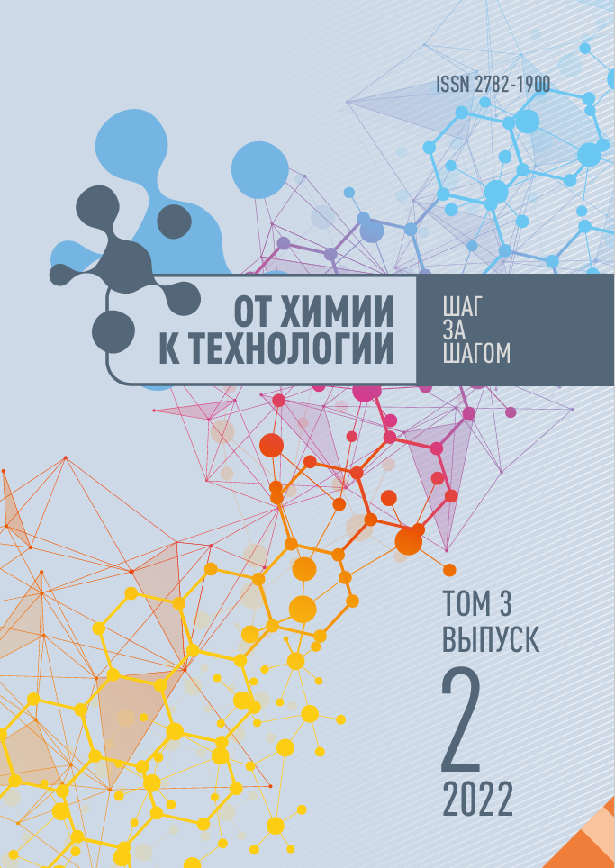Barnaul, Barkaul, Russian Federation
Barnaul, Barkaul, Russian Federation
Barnaul, Barkaul, Russian Federation
The article concerns the effect of glycine, glucose, gelatin (powdered and granulated), meat and bone meal, peas and some other plant matters on the growth of Pseudomonas fluorescens AP-33 and Bacillus subtilis 26-D microorganisms used in biological fertilizers. The article considers the influence of some of the plant matters, such as wintergreen (pipsissewa), burnet, Centella asiatica, on the growth of Pseudomonas fluorescens bacteria, while some plants - nettle, buckthorn, bearberry - inhibit bacteria growth. We found that chemicals (glycine), vegetable matter (pea fibre) and animal sources (meat and bone meal) were the most effective additives among those studied in increasing the abundance of Pseudomonas fluorescens AP-33 by a factor of 2.5; 5.0 and 5.8, respectively. Bacillus subtilis 26-D abundance increased 3. 3 times with the addition of pea fibre and 6. 7 times with the addition of meat and bone meal.
glycine, glucose, Pseudomonas fluorescens, Bacillus subtilis, biofertiliser
1. Carvalho, F.P. (2017). Pesticides, environment, and food safety, Food and Energy Security, 6(2), pp. 48–60.
2. Belous, N.M., Shapovalov, V.F., Moiseenko, F.V. & Draganskaya, M.G. (2006). The influence of different fertiliser systems on the accumulation of heavy metals in agricultural products, Vestnik Bryanskoj gosudarstvennoj sel'skohozyajstvennoj akademii. Bryansk, pp. 22-29 (in Russian).
3. Sychev, V.G. (2000). Dynamics of change, ways of reproduction and improvement of soil fertility assessment methods in the European part of Russia. PhD. Kursk (in Russian).
4. Kudeyarov, V.N. (1989). The nitrogen cycle in the soil and fertilizer efficiency. M.: Nauka (in Russian).
5. Khitrov, N.B., Molchanov, E.N., & Nazarova, L.F. (2010). Methodological support for agricultural land monitoring, Pochvovedenie, (5), pp. 634-636 (in Russian).
6. Baset, Mia M.A., Shamsuddin, Z.H., Wahab, Z. & Marziah, M. (2009). The effect of rhizobacterial inoculation on growth and nutrient accumulation of tissue-cultured banana plantlets under low N-fertilizer regime, African J. of Biotechnology, 8(21), pp. 5855–5866.
7. Zavalin, A.A. (2005). Bio-preparations, fertilizers and harvest. M.: Izd-vo VNIIA (in Russian).
8. Kozhemyakov, A.P., Belobrova, S.N. & Orlova, A.G. (2011). Creating and analyzing a database on the efficiency of microbial preparations of complex action, Sel'skohozyajstvennaya biologiya, (3), pp. 112-115 (in Russian).
9. Tikhonovich, I.A., Zavalin, A.A., Blagoveschenskaya, G.G. & Kozhemyakov, A.P. (2011). The use of biopreparation – an additional source of power plants, Plodorodie, (3), pp. 9-13 (in Russian).
10. Tsyganova, E.N., Zvyagintsev, D.G., Lysak, L.V. & Stepanov, A.L. (2013). The effect of a bacterial-humus preparation on the biological activity of soils, Pochvovedenie, (7), pp. 867-871 (in Russian).
11. Maximova, N.V., Feklistova, I.N., Lysak, V.V. & Grineva, I.A. (2019). Bacteria on guard of the crop, Nauka i innovatsii, (3), pp. 12-16 (in Russian).
12. Hashem, A., Tabassum, B. & Fathi, Abd Allah E. (2019). Bacillus subtilis: A plant-growth promoting rhizobacterium that also impacts biotic stress, Saudi J. Biol. Sci., (6), pp. 1291-1297. DOI:https://doi.org/10.1016/j.sjbs.2019.05.004.
13. Pishchik, V.N., Vorobyev, N.I., Moiseev, K.G., Sviridova, O.V. & Surin V.G. (2015). Influence of Bacillus subtilis on the physiological state of wheat and the microbial community of the soil under different rates of nitrogen fertilizers, Pochvovedenie, (1), pp. 87-94 (in Russian).
14. Kuramshina, Z.M., Smirnova, J.V. & Khairullin, R.M. (2013). Antistress effect of endophytic Bacillus subtilis starins on crop plants growth in Cd-ions presence, Vestnik Bashkirskogo universiteta, 18(1), pp. 73-76 (in Russian).
15. Kazutake, Hirooka (2014). Transcriptional response machineries of Bacillus subtilis conducive to plant growth promotion, Bioscience, Biotechnology, and Biochemistry, 78(9), pp. 1471–1484. DOIhttps://doi.org/10.1080/09168451.2014.943689.
16. Sorokan, A., Veselova, S., Benkovskaya, G. & Maksimov, I. (2021). Endophytic Strain Bacillus subtilis 26D Increases Levels of Phytohormones and Repairs Growth of Potato Plants after Colorado Potato Beetle Damage, Plants (Basel), 10(5), p. 923. DOIhttps://doi.org/10.3390/plants10050923
17. Asaturova, A.M., Sidorova, T.M., Tomashevich, N.S., Zhevnova, N.A., Khomyak, A.I., Kozitsyn, A.E., Dubyaga, V.M., Pavlova, M.D., Sidorov, N.M. & Allakhverdyan, V.V. (2020). The study of the antagonistic and growth-stimulating characteristics of bacillus subtilis strains, promising for the development of the effective biofungicides, Agrarnaya nauka Evro-Severo-Vostoka, 21 (3), pp. 263-272 (in Russian).
18. Palleroni, N.J. (2010). The Pseudomonas story, Environment microbiology, 12(6), pp. 1377–1383.
19. Girija Ganeshan & A. Manoj Kumar (2005). Pseudomonas fluorescens, a potential bacterial antagonist to control plant diseases, Journal of Plant Interactions, 1(3), pp. 123-134.
20. Fekadu Alemu & Tesfaye Alemu. (2015). Pseudomonas fluorescens Isolates Used as a Plant Growth Promoter of Faba Bean (Vicia faba) in Vitro as Well as in Vivo Study in Ethiopia, American Journal of Life Sciences, 3(2), pp. 100-108. DOI:https://doi.org/10.11648/j.ajls.20150302.17







